In the history of mankind, relying on sharing and cooperation to promote development has a long history!
From a technical point of view, practice is nothing but it is an innovation. Although the source code of Linux and Netscape browsers has already been released, it was not the first time that open source software was concerned about people in the 1990s.
In fact, the term "open source" was officially used when the OSI (Open Code Promotion Association) was established in the late 1990s. OSI is an organization that promotes and manages collaborative development.
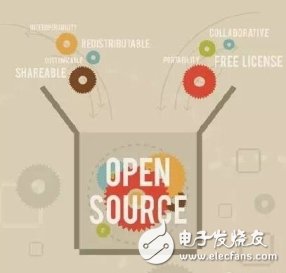
Figure 1: OSHW will benefit society and the world
Earlier, much of the focus of open source focused on open source software (OSS), but it is important to review the origins of open source hardware (OSHW).
In 1997, Bruce Perens (creator of the open source definition, co-founder of OSI, and also an amateur radio operator and enthusiast) released an open source hardware certification program. This program allows hardware developers to self-certify their products as open source. This means that providing hardware interface programming interface documentation for a specific set of hardware devices is a promise. Certified resellers can print the LOGO of open source hardware on their packaging, and can mention in their advertisements that their devices are open source certified. Those who purchase these certified devices can think that when the operating system changes or even the manufacturer dies, there are people who write new software programs for their devices. This is the first time open source guidelines have been applied to hardware.
In 1998, many people gave their vision of the development of open source hardware. David Freeman announced the Open Source Hardware Specification Project (OHSpec); Troy Benjegerdes publicized the idea of ​​applying open source software guidelines to hardware and creating a commercial speculative organization; Reinoud Lamberts created a collaborative website dedicated to low-cost and open design circuits. Design Circuits.
A year later, Dr. Sepehr Kiani, Dr. Ryan Vallance and Dr. Samir Nayfeh participated in a project to apply the open source philosophy to machine design applications and jointly established the Nonprofit Structure Open Source Design Foundation (ODF) and set out to develop an open source design. definition.
Until today, hardware open source has a variety of forms, the standard definition is still: "Open source hardware design is open, anyone can learn, modify, release, produce and sell their design or design-based hardware."
The Open Source Hardware Association (OSHWA) also talked about "the source of the hardware, that is, the design from which it came from, which is available in a modified form. In theory, open source hardware uses mature components and materials, standard processes, and open Infrastructure, unrestricted content and open source design tools to maximize the ability of individuals to make and use hardware. Open source hardware gives people control over the freedom of their technology while sharing information and facilitating open exchange design. trading"
Although many activities around the immature OSHW concept broke out in the late 1990s, most of the above mentioned concepts disappeared in a year or two, until around 2005, accompanied by the emergence of several mainstream open source hardware projects and companies. OpenCores, Reprap, Arduino, Intel loT on Instructables and Open ProtheTIcs Project (because "ProtheTIcs should not cost too much."), open source hardware has once again become the focus.
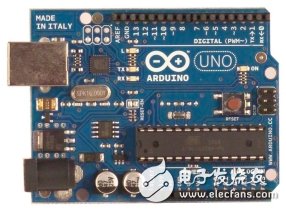
Figure 2: Based on flexible and easy-to-use hardware and software, Arduino provides an open source e-forming platform.
Of course, OSHW is different from OSS, especially in dealing with tangible workpieces - machines, equipment or other objects. If these "objects" are open, their design will be made public in the form that anyone can make, modify, contribute and use them.
According to the OSHWA regulations, those who produce "objects" under the OSHW specification should clearly indicate that those "objects" are "cannot be manufactured, sold, and warranted, otherwise they will be sanctioned by the original designer," and they cannot use the original design. All trademarks of the division.
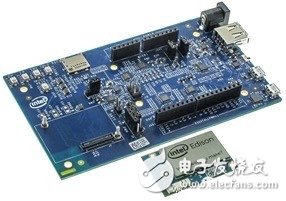
Figure 3: Intel's Edison Boards for Arduino is for Arduino users. These are similar to Arduino Yun (Arduino Sketch, Linux, WiFi & BT) and are compatible with Arduino Uno.
The hardware needs to be released along with the relevant documentation, including the design files, and must be allowed to be modified and published.
"As for the source file, it is actually the source of everything you make. For some things, the source file is a style, for other things, it is a schematic and PCB file, and for others It could be a CAD drawing, or an STL file," said Alicia Gibb, chairman of OSHWA. "In other words, if others can reproduce your hardware properly based on your files, then you know that you have successfully shared this resource."
Legally, the source file is copyrighted, so "non-profit copyright" or GPL licenses will do this. CC0, CC-BY and CC-BY-SA are also open source licenses. However, hardware is not automatically protected like copyright. "Hardware is born open, as long as you don't give it a patent. Publishing your designs and products has also created a prior art that ensures that no one can put your work in the bag," Gibb said. The current situation is not bad, but there is still a high frequency question: "How much of the hardware is open today?"
“Most of the time is not that open,†said Stefania Druga, founder of Hackidemia. Hackidemi is a global website that allows children to solve global challenges with their curiosity, playfulness and enthusiasm through design workshops and tools. Druga said that she often booked an "open board" or machine - such as a 3D printer or laser cutter - and found that it was not only difficult to find a solution, but the accompanying documentation and wiki materials were also unclear or incoherent. "As a result of the growth of the manufacturer's movement, I believe that open source hardware has become a brand, just like a cold label, but few people follow the standard line of sharing and access when using it," she said. Druga believes that there is an urgent need to establish a link between openness and access. She mentioned, “If your solution, schematics and code are particularly difficult to find, what is the meaning of building an open source project? It’s like you baked a song. Cookies, but don't tell anyone where they are."
Druga is not the only OSHW enthusiast who is disappointed with the status quo. Many people on the committee seem to be worried about abuse, such as the hundreds of comments on Github, the trademark-based scandals of Arduino, or the response in the OSH forum. In reality, the abuse of the term "open source" is not limited to the board. With the proliferation of manufacturers' movements, even the automotive and furniture industries are being plagued by the misuse of the word. Druga can point out that several OSH logos appear prominently on some companies' websites and descriptions, although they do not hold standards. "People are expecting schematics and code to be open, however, they usually don't care if this is not open source," she said.
Druga said that opportunistic practices began to grow rapidly, mainly because OSHW's current underdeveloped legal system, the company and the current economic model did not really respect and embrace the real OSHW. On the surface, the legal issues surrounding open source data and open source hardware have much in common with legal issues surrounding open source software. However, the approval of open source software is now a relatively sound and mature area of ​​the law, and the approval of OSHW is still in an immature period, and there is still much room for growth and development.
However, despite the growing pains, OSHW maintains great hope; not only as a good concept, but as a tool to actually change humans better. Take Rory Aronson's FarmBot example, a project dedicated to opening up agricultural technology to everyone, with the goal of helping people grow food more efficiently. Or Precious PlasTIcs, an open source machine used by Dave Hakkens, a graduate of the Dutch Anhefen School of Design, to turn waste plastic into useful new things. More concerned about affordable housing? Take a look at Wikihouse, an open source build project that allows users to download a series of files, purchase plywood, and then use a CNC router to tailor their designs. Then the parts are combined, like a giant puzzle (with instructions), and people can even make a raft to lock the joint. This project has lowered the barriers to entry into the housing construction industry, so almost everyone can do it. Still worried about the future energy crisis? A team of Zenman Energy is committed to developing a cheaper solar concentrator that uses open source hardware to control solar energy.
This is not the end; from open source hives to building open source cars to open source electrocardiographs, open source hardware enthusiasts are passionately trying to break down barriers, even though some companies have yet to learn to go further on "opening". This is a learning curve, and for OSHW, we know that we are right at the beginning.
Coupletech Co., Ltd also supplies water cooled modules, air cooled modules and heat-sink system for high power laser. Usually we need to use all kinds of methods, e.g. water cooling, air cooling and heat sink to make the Laser Crystal, nonlinear crystal and Pockels Cell work normally within specified operating temperature range. Thus we need crystal mounts with water cooling, air cooling or heat sinking.
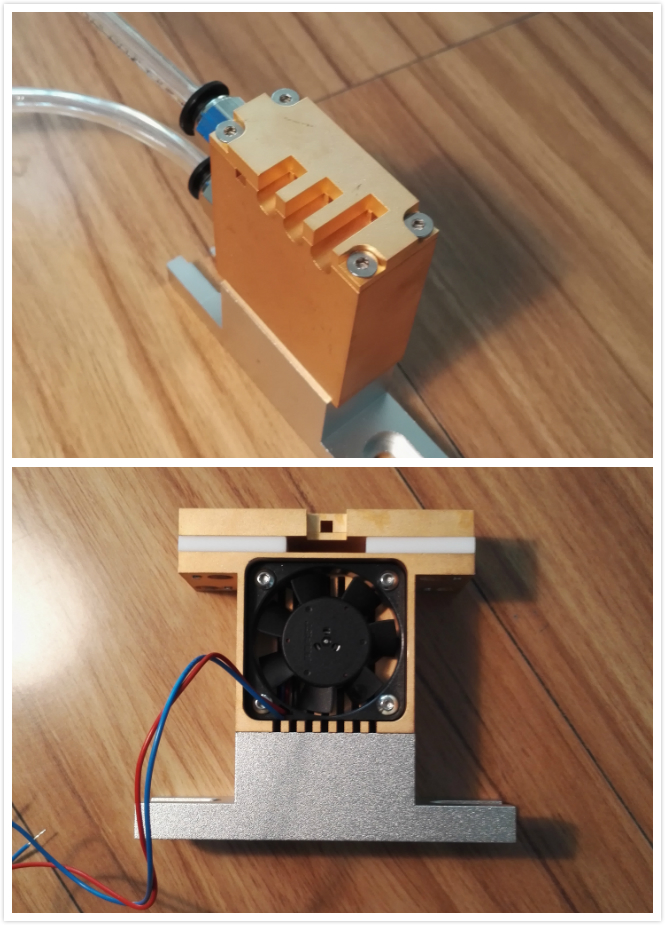
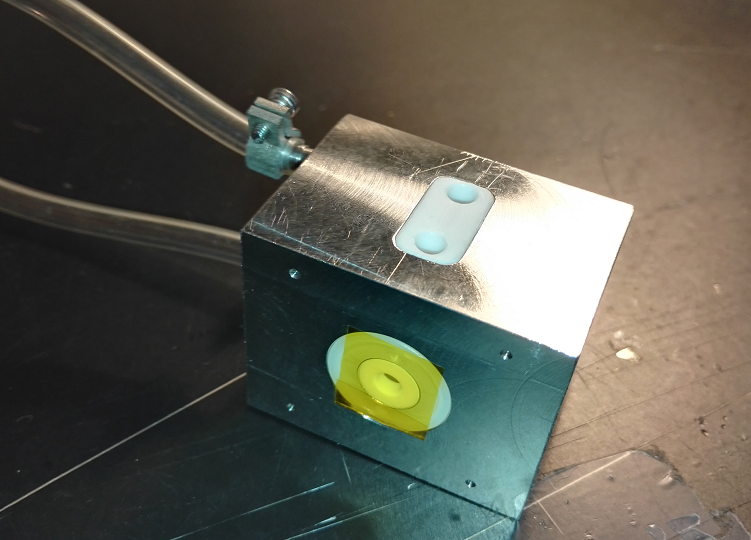
Narrow Aluminium Optical Rail,Narrow Aluminium Rail Carriers,Aluminium Optical Rails
Coupletech Co., Ltd. , https://www.coupletech.com